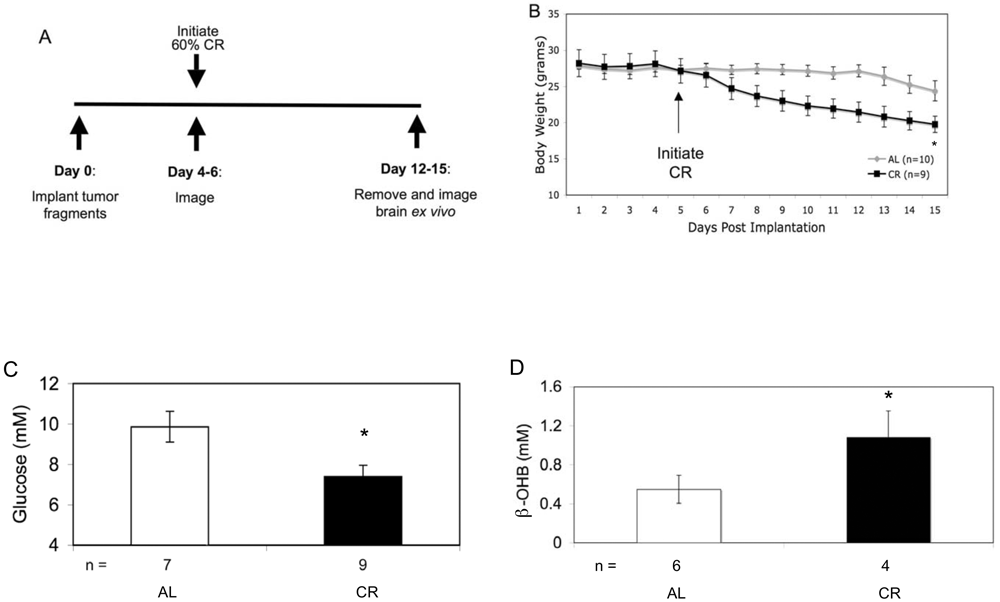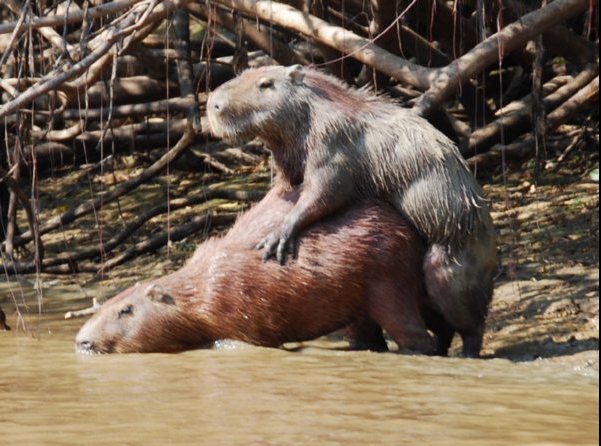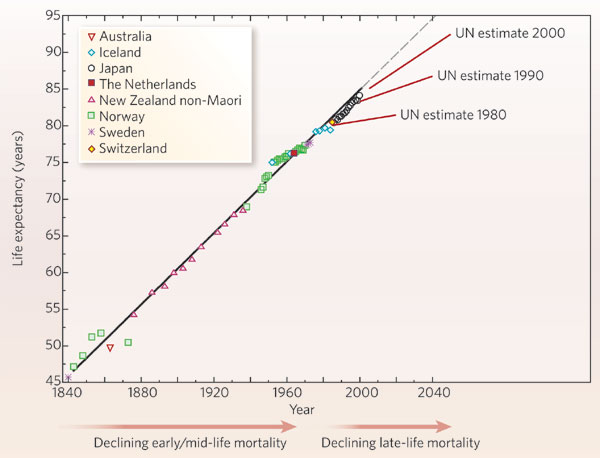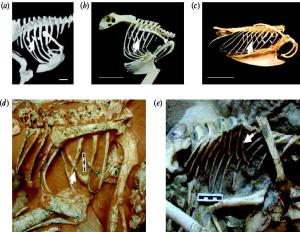From ScienceNews.org, Sadness response strengthens with age.
In a recent study, people in their sixties felt sadder than people in their twenties did after viewing an emotionally distressing scene from a movie. This heightened emotional response to sorrow may reflect a greater compassion for other people and may strengthen social bonds, researchers propose.
Janet at Adventures in Ethics and Science posts on Research methods and primary literature.
I think there's value for students in digging up, and digging through, the primary literature of the discipline in which they are learning to do research. Sure, you don't want the primary literature to seem more authoritative as a source of knowledge than the actual experimental system a student is studying. But neither, I think, does it make sense to just throw an experimental system at a student and say "Here, come up with a good research question and figure out how to answer it."
Christina at Oscillator posts about the mechanism and evolution of motion sickness:
What is going on in our guts and brains when we're in a moving vehicle that makes us throw up? Why can't we just deal with motion better? As it negatively affects so many, this nauseating (did you know: the word nausea itself comes from the Greek word for boat!) inconvenience associated with technologically-assisted travel by sea, land, air, or IMAX screens has been the focus of intense and sometimes wacky research for more than 100 years. Although a great deal of mechanistic evidence for how motion sickness happens has been described, the theories of why it happens are still controversial and fascinating.
From LabSpaces.net, Aging and longevity tied to a specific brain region in mice.
Researchers watched two groups of mice, both nearing the end of a two-day fast. One group was quietly huddled together, but the other group was active and alert. The difference? The second set of mice had been engineered so their brains produced more SIRT1, a protein known to play a role in aging and longevity. "This result surprised us," says the study's senior author Shin-ichiro Imai [...]. "It demonstrates that SIRT1 in the brain is tied into a mechanism that allows animals to survive when food is scarce. And this might be involved with the lifespan-increasing effect of low-calorie diets."
From EurekAlert, Unique means of animal locomotion reported for first time.
[T]he gut of the crawling tobacco hawkmoth caterpillar (Manduca sexta) moves forward independently of and in advance of the surrounding body wall and legs, rather than moving along with them. [...]"Understanding this novel motion system may help efforts to design soft-bodied robots," said the article's senior author, Barry Trimmer [...]. "It may also prompt re-examination of the potential role soft tissues play in biomechanical performance of humans and other animals."
Isis blogs about how physiology was cooler 40 years ago:
John Severinghaus is a big deal in physiology. If you have ever been in the hospital and had to have the O2 and CO2 in your blood measured to determine if your heart and lungs were working properly, you can thank John Severinghaus for the ability to have that test done. Dr. Severinghaus built the first blood gas machine and is credited for the first functioning CO2 and O2 electrodes.
Ethan at An Inordinate Fondness for Beetles blogs about recreational sex as a survival strategy:
There are plenty of studies out there on human sexuality that seem to assume that evolution hasn't quite caught up with all our modern sexual tinkering, seeing as how they start off assuming all sex, and all our sex drives, stem only from a fundamentally a reproductive urge [...]. There are points where this makes sense–genetically-driven instinct won't catch on to the advent of The Pill for a few millenia to come. But other purposes for sex, and forms of non-reproductively oriented sex, have been around for more than enough time.
Razib at Gene Expression blogs about The Anglo Revolutions:
The idea that whites, or at least "non-ethnic" whites, "have no culture," gets at the root of it. What is assumed, what is background, what is default, is not deemed worthy of history. When it comes to Anglo history and culture the commanding heights remain of interest, William Shakespeare, the King James Bible, the Magna Carta, etc. But much of the more mundane detail is of little general interest compared to the more salient identities of race, religion, and such. I believe this causes real pragmatic problems.




























































